A condition such as anovulation is considered one of the most common causes of infertility. The disease is characterized by malfunctions in the maturation of the egg and its exit from the follicle, thereby provoking infertility.
Definition
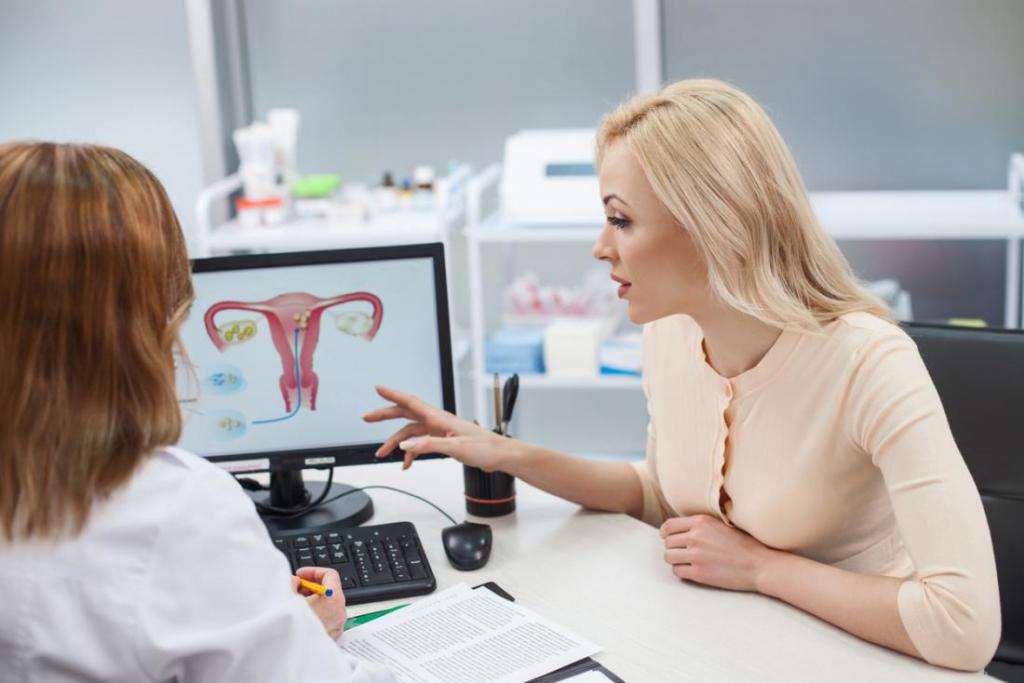
Before you figure out what anovulation in women is, you need to know that ovulation includes two cycles:
- A follicle forms in the ovary - this is a vesicle that has a membrane membrane inside which the egg matures. This is formed due to follicle-stimulating hormone. At the time of egg maturation, estrogen is produced. When its concentration becomes extreme, the follicle bursts, and the egg enters the fallopian tubes. During the day she has the opportunity to fertilize, and then dies.
- In the second phase, the excess elements of the ovaries and uterus are rejected. At the time of ovulation, all organs of the reproductive system are prepared for conception, and the endometrium begins to grow. Under the influence of hormones, all these particles are prepared for separation and excreted together with the endometrium and the dead egg.
If both cycles pass during ovulation, then everything is in order. In a situation where failures occur in the first phase, that is, the egg does not ripen or it cannot exit the ovary, then we can talk about anovulation.
Kinds
The concept of anovulation, and what kind of condition of the female body we have already understood, but you need to know that the disease can be divided into two forms.
- Physiological - this problem is primarily associated with the reproductive system of women. It should be noted that the state of anovulation is characteristic of pregnancy, lactation and the postpartum period. And also here can be attributed the lack of ovulation due to age-related changes. This condition is characteristic of girls during menopause and the fair sex, in whom the body is not yet fully formed. When a woman is in her reproductive age (15–48 years old) and she is completely healthy, the disease can also occur. Everyone knows that anovulation is a malfunction in the activity of the female body, therefore stresses and sudden movements, during which the climate changes, can also provoke an ailment. Basically, therapy in this case is not required, since over time, the activity of the ovaries is getting better.
- Pathological anovulation in another way is called chronic and develops after the transfer of certain diseases. She is considered the most dangerous. The treatment of chronic anovulation is exclusively carried out by a gynecologist, since pathology very often provokes infertility.
Causes
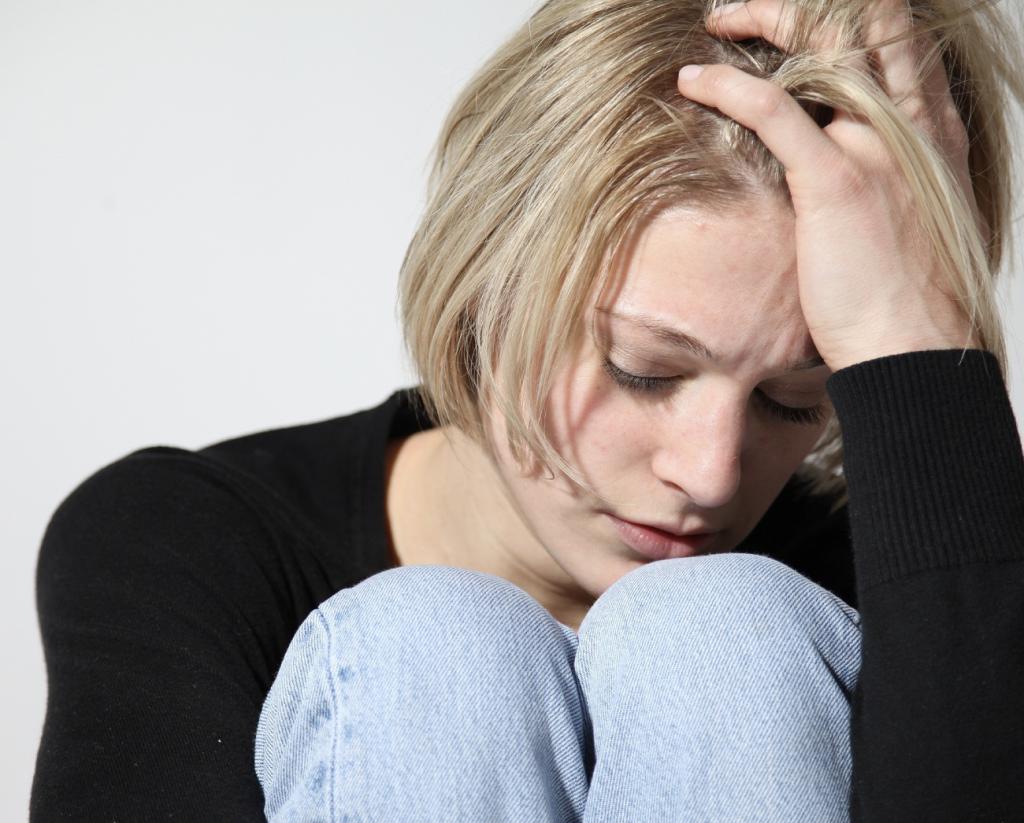
The menstrual cycle is a joint and complex work of various elements of the body - the uterus, ovaries, endocrine and central nervous systems. When deviations begin at any stage, this affects the entire cycle. Anovulation - what is it? In simple words, these are various malfunctions in the body that have affected the reproductive system.
The following diseases are considered the most common causes of the disease:
- Diseases of the hypothalamus and pituitary gland - these hormonal glands are one of the main in the body. Their main product is prolactin. Its presence affects both the possibility of conception and the course of the entire pregnancy. In the case of severe depletion of the female body, when it is constantly subjected to stress, the functionality of the glands is impaired. Due to the active production of prolactin, prolactinoma (benign neoplasm) begins to form. It greatly limits the functionality of the ovaries.
- Ovarian exhaustion - this condition is formed at the time of excessive production of hormones, which interrupts their performance. As a result, anovulation is diagnosed, but this condition is most often temporary.
- Excess weight - in case of metabolic disorder, of course, the hormonal background gets lost, and as you know, any malfunctions can provoke such an ailment.
- Polycystic disease is the most common cause. Another name for this pathology sounds like multifollicular ovaries. Anovulation in this case begins due to increased production of hormones, in which the ovarian membrane becomes denser, as a result, the egg can not be released.
- Pathologies of the thyroid gland - here also the cause is hormonal disruption.
- Less often, but it still happens that the cause of anovulation is ailments with the kidneys and adrenal glands. They secrete few hormones that affect the state of the reproductive system, but the general hormonal state can malfunction the body.
Signs and symptoms of anovulation
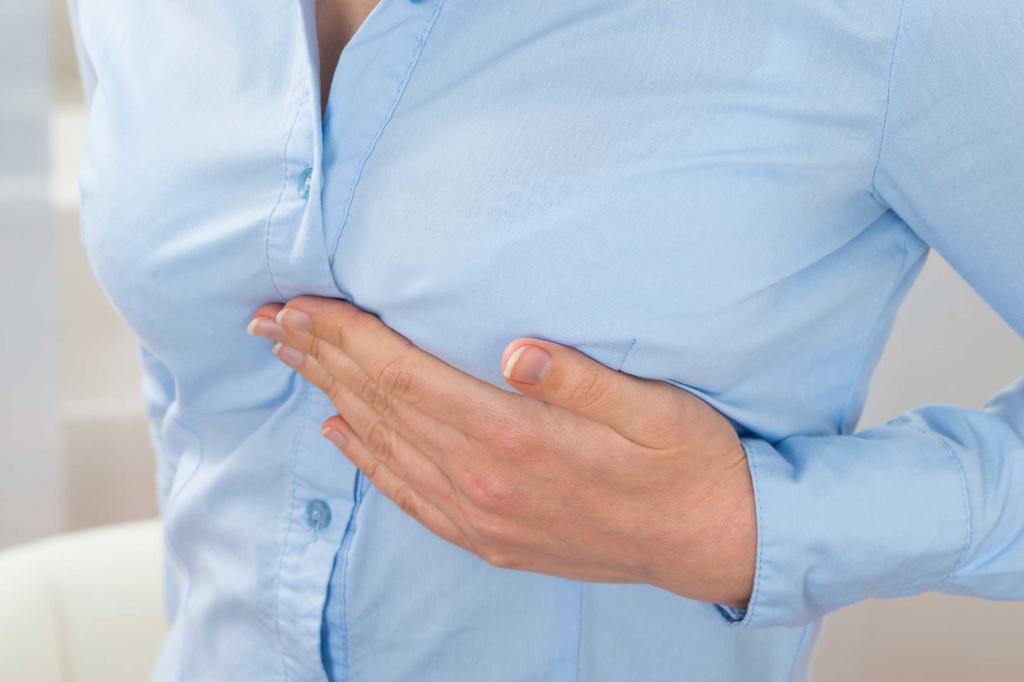
What this condition is already clear, now it is necessary to understand the signs of this disease in order to contact the doctor in time for help:
- The absence of menstruation - a long absence of ovulation affects, in general, the entire cycle and subsequently leads to the fact that menstruation completely disappears.
- Irregular cycle - manifested by an increase in the days between menstruation.
- Standard basal temperature - before the start of ovulation, it decreases by half a degree, while in the initial period of the cycle its value fluctuates within 37 degrees. When a woman has an anovulatory phase, the basal temperature remains unchanged.
- Uniformity of vaginal discharge - this condition is characterized by increased discharge, as well as their increased density.
Indirect signs of anovulation include pain in the chest, acne, hair loss on the head, the appearance of a gun on the hands, face and elevated levels of testosterone. Long fruitless attempts to conceive and a constant level of progesterone also indicate the presence of the disease.
Can there be periods
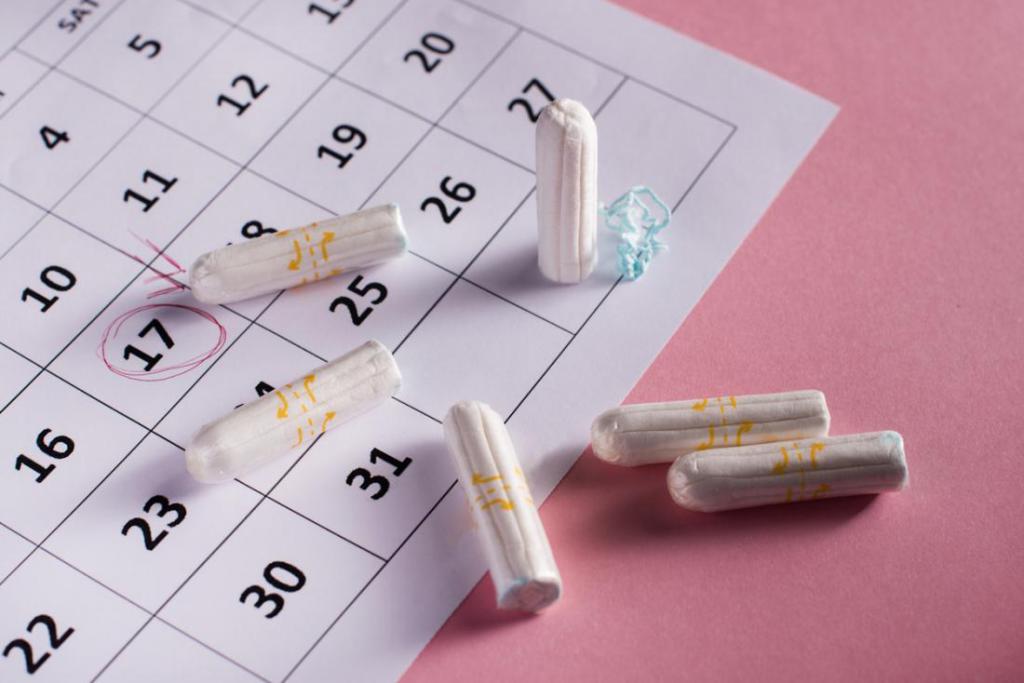
The absence or presence of menstruation in this condition depends on the thickness of the endometrium, and anovulation just gives rise to its thickening. When conception does not occur, this layer should be excreted along with menstruation, regardless of whether the egg was released.
In case of illness, the discharge will be quite scarce, and will last from 2–4 days, or maybe less.
Sometimes the discharge retains its previous strength, and nothing indicates an abnormal course of the menstrual cycle. In this case, only unsuccessful attempts to conceive a baby can determine the disease.
Diagnostics
Many women are interested in: "What is anovulation?". In simple words, this is a hormonal malfunction that causes a lot of problems.
To diagnose this condition, the doctor prescribes a huge number of clinical examinations. Such an approach helps not only to correctly diagnose, but also to discard all similar ailments. For diagnosis, the following options are most often used.
- An express test is an auxiliary diagnostic method that women often use until they see a doctor. Thanks to the tests, it is possible to measure the level of luteinizing hormone, which at the moment of release of the egg reaches a very high value, and then decreases. This method is not always reliable, since there are diseases in which this hormone is constantly overestimated.
- Measurement of basal temperature - measured in the morning in the rectum after waking up. This requires a personal ovulation schedule. The method is not very reliable, since many more factors influence the temperature.
- Ultrasound (ultrasound) of the ovaries is the most reliable diagnostic method. Using the procedure, you can identify the number of follicles, their size, as well as the condition of the uterus and ovaries.
- Detection of hormone levels - the doctor prescribes an analysis for the presence of prolactin in the blood, as well as luteinizing and follicle-stimulating hormones.
- Craniography - an x-ray of the bones of the skull is always prescribed to check the pituitary gland. This helps determine whether the presence of anovulation is associated with a tumor of the brain appendage.
Anovulation Treatment

What kind of disease is already clear, and we also found out that it arises as a result of the formation of other pathologies, therefore, doctors are primarily involved in eliminating the primary ailment that caused this condition. Of course, for each reason there will be its own medication.
The main place in therapy is the normalization of hormonal levels. This is very true for girls who want to still have a child. In other cases, the doctor simply adjusts the menstrual cycle so that he returns to normal. This method is usually accompanied by a parallel elimination of problematic issues.
Very often, overweight becomes the cause of anovulation. What to do in this case, each doctor will tell you, first of all, with this symptom, weight correction is required. All therapy will be ineffective if the body mass index is overestimated. After getting rid of extra pounds, the hormonal background often normalizes on its own, reproductive ability is restored, and overall health improves.
In therapy, medications are necessarily used. The most commonly used follicle-stimulating hormone and antiestrogenic agent. They are required to start the process of egg maturation. These methods do not always show a positive result, so then ovarian resection is indicated. The use of IVF (in vitro fertilization) is sometimes recommended.
Folk therapy
Traditional medicine can be supplemented with traditional medicine. It can only be auxiliary to relieve tension and stress. To do this, take 30 grams of sage and pour it with 250 ml of boiling water. Wait until the infusion cools down and drink 1 tbsp. l 4 times a day.
Grass - a pine forest uterus is popular. To prepare the broth, 60 grams of the plant are taken and 500 ml of boiling water is poured. It is infused for 12 hours, and after it is drunk 2 times a day for half a glass.
Stimulation
If the above funds do not help, then often a method such as stimulation is used to form the egg. For this, the medications Dydrogesterone, Klostilbegit, Puregon, and Letrozole are used. They are made on the basis of female hormones, but the use of such drugs without therapy for the underlying disease will not bring a positive result.
Effects of stimulation
Stimulation of ovulation is considered not a very safe procedure, therefore, it is carried out under the close and constant supervision of a doctor. A serious consequence can be called hyperstimulation. This is a condition in which, due to a drug effect on the patient's ovaries, functional cysts appear that can cause serious bleeding and other complications.
Is it possible to get pregnant with anovulation without treatment
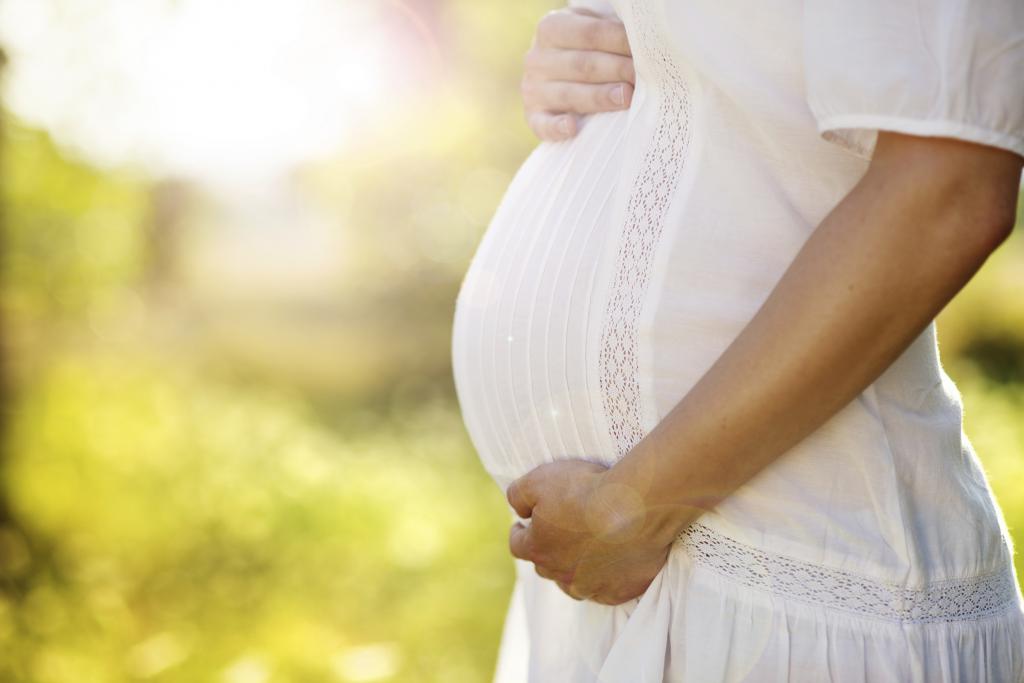
Pregnancy with anovulation, of course, is impossible, because without the presence of an egg in the uterus or fallopian tube, a child cannot be born. In cases where surgical or conservative methods have not led to the desired ovulation, it is possible to carry out IVF using a donor oocyte. Therapy is always required, because in modern medicine there are many ways in which a woman can become a mother even with anovulation.
After pregnancy
Special attention must be paid to this pathological condition in the postpartum period. When a woman does not breastfeed, it is considered normal that the first menstruation begins to come a few months after giving birth. Sometimes, the ovulatory period normalizes to the second or third monthly.
In the case of breastfeeding, the first menstruation is expected to be expected no earlier than 5 months after birth. The reason for this is the hormone prolactin, which is just responsible for the production of breast milk, and it also causes the production of the hormone responsible for ovulation.
Therefore, menstruation without ovulation during lactation is not at all a cause for alarm. Depending on many factors, the first menstruation during breastfeeding can occur one and a half years later if the woman continues to feed the baby. And there are also cases that menstruation is restored immediately after lactation. Since prolactin ceases to be produced in large doses.
Prevention

Some women do not follow their cycle at all and go to the doctor only in the most severe cases. To maintain health, it is necessary to control the diet and diet, constantly visit not only the gynecologist, but also the therapist, and in case of problems with hormones, the endocrinologist.
For preventive purposes, it is recommended to maintain a calendar of the menstrual cycle and, in the presence of various deviations, consult a specialist.